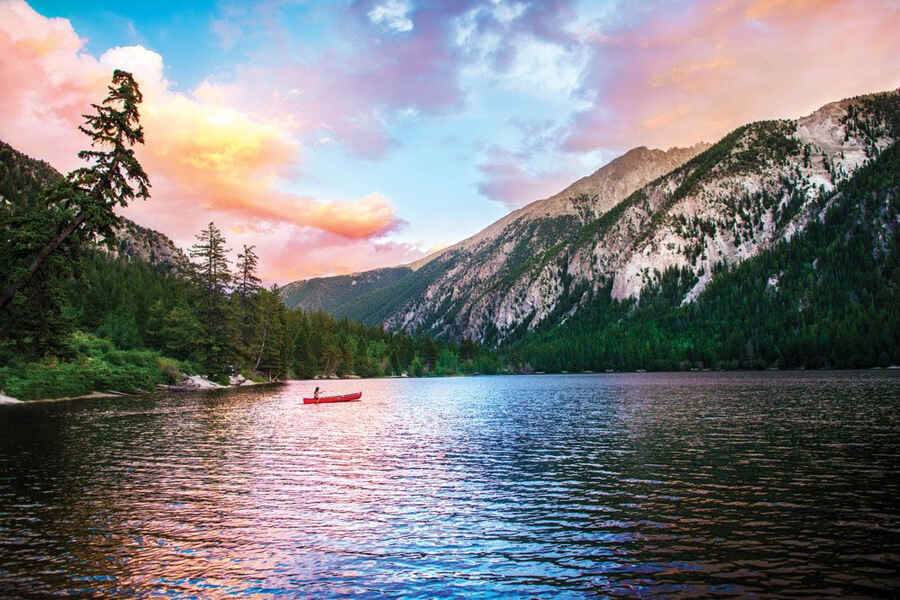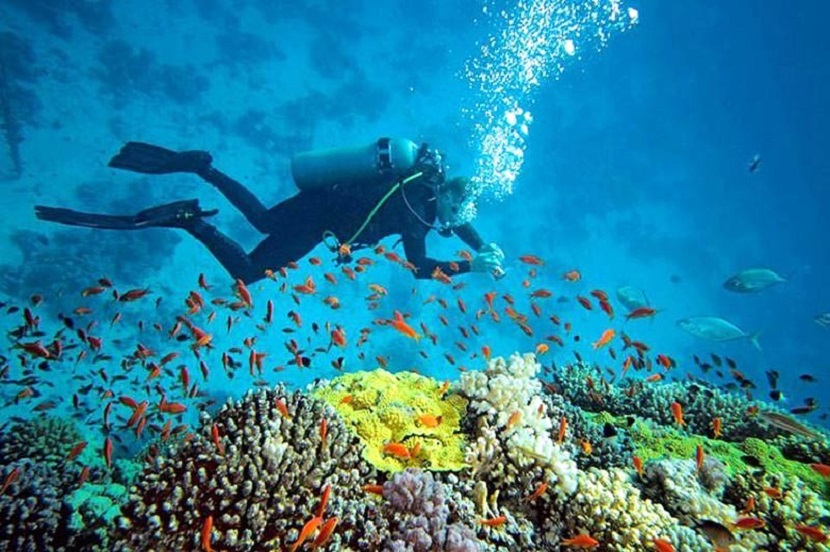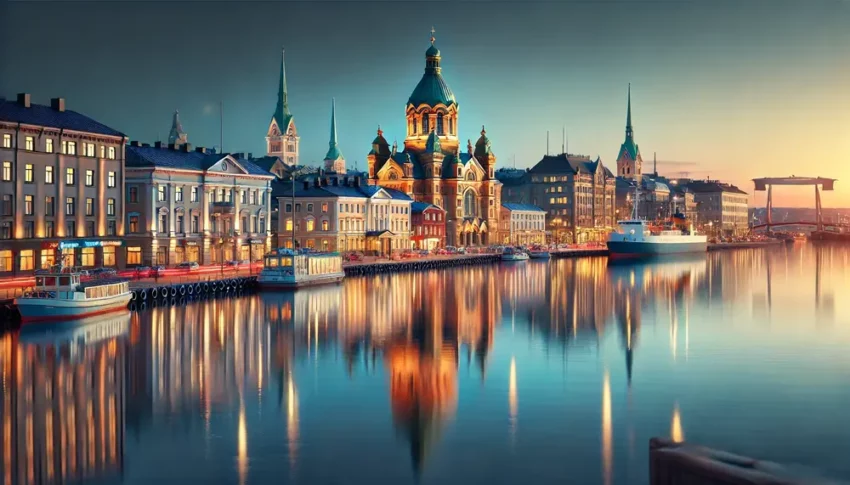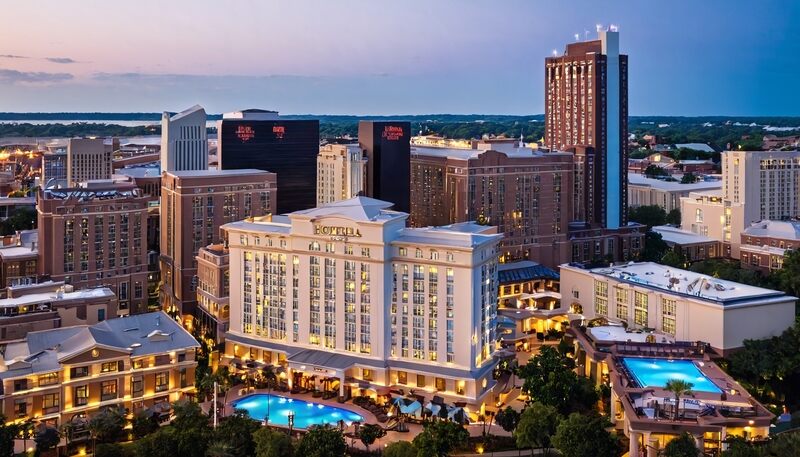Reading Time: 7 minutes
Finland’s tourism industry is a remarkable success story. The country’s extensive visa-free travel access to 191 countries as of August 2024 offers Finnish citizens unparalleled freedom to explore the world. Despite this wide accessibility, Finland’s tourism industry continues to thrive, driven by a strong cultural interest in international travel and a robust infrastructure that supports outbound tourism. The country’s high ranking on the index underscores its global connectivity and the value Finnish travelers place on exploring diverse destinations.
Finland’s tourism industry is thriving, driven by its citizens’ strong cultural enthusiasm for global exploration and supported by robust travel infrastructure. With visa-free access to 191 destinations as of August 2024, Finnish travelers enjoy unparalleled freedom to explore the world. This extensive connectivity highlights Finland’s commitment to international travel, making it a significant player in the global tourism market. Despite broad access, the industry continues to grow, reflecting the value Finnish citizens place on discovering new destinations. says Anup Kumar Keshan (TTW Editor in Chief)
Finland is a Northern European nation bordering Sweden, Norway and Russia. Its capital, Helsinki, occupies a peninsula and surrounding islands in the Baltic Sea. Helsinki is home to the 18th-century sea fortress Suomenlinna, the fashionable Design District and diverse museums. The Northern Lights can be seen from the country’s Arctic Lapland province, a vast wilderness with national parks and ski resorts.
Tourist boom of Finland:
In 2022, total demand increased to EUR 13.5 billion compared to the previous year. Foreign demand reached EUR 3.3 billion, which is about 62% of the peak demand seen in 2019. Additionally, the demand within Finland from outbound tourism saw a slight rise from the previous year.
Top Destinations
The country’s travelers often choose Sweden, Estonia, Spain, Germany, and Greece as popular destinations. These countries are favored for their diverse cultures, historical sites, beautiful landscapes, and unique experiences. Sweden and Estonia offer rich histories and vibrant cities like Stockholm and Tallinn. Spain is known for its sunny climate, beaches, and lively cities such as Barcelona and Madrid. Germany attracts visitors with its cultural heritage and scenic regions like Bavaria, while Greece is celebrated for its ancient history, stunning islands, and Mediterranean cuisine. Other European countries also appeal to travelers seeking a mix of relaxation and adventure.
Finland’s Travel and Tourism Industry: A Major Economic Contributor with a €19.2 Billion GDP Impact in 2018
The total contribution of travel and tourism to Finland’s GDP from 2012 to 2018, along with a forecast for 2028, highlights the industry’s significant economic role. In 2018, the travel and tourism sector is estimated to have contributed 19.2 billion euros to Finland’s GDP, encompassing direct, indirect, and induced impacts.
Expansive lists of Visa -free lists:
Visa Free Lists:
Albania
Andorra
Angola
Anguilla
Antigua and Barbuda
Argentina
Armenia
Aruba
Austria
Barbados
Belarus
Belgium
Belize
Bermuda
Bolivia
Bonaire; St. Eustatius and Saba
Bosnia and Herzegovina
Botswana
Brazil
British Virgin Islands
Brunei
Bulgaria
Cape Verde Islands
Cayman Islands
Chile
Colombia
Cook Islands
Costa Rica
Croatia
Curacao
Cyprus
Czechia
Denmark
Dominica
Dominican Republic
Ecuador
El Salvador
Estonia
eSwatini
Falkland Islands
Faroe Islands
Fiji
France
French Guiana
French Polynesia
French West Indies
Georgia
Germany
Gibraltar
Greece
Greenland
Grenada
Guatemala
Guyana
Haiti
Honduras
Hong Kong (SAR China)
Hungary
Iceland
Iraq
Ireland
Israel
Italy
Jamaica
Japan
Kazakhstan
Kiribati
Kosovo
Kyrgyzstan
Laos
Latvia
Lesotho
Liechtenstein
Lithuania
Luxembourg
Macao (SAR China)
Madagascar
Malawi
Malaysia
Malta
Marshall Islands
Mauritius
Mayotte
Mexico
Micronesia
Moldova
Monaco
Mongolia
Montenegro
Montserrat
Morocco
Mozambique
Namibia
Netherlands
New Caledonia
Nicaragua
Niue
North Macedonia
Norway
Oman
Palau Islands
Palestinian Territory
Panama
Paraguay
Peru
Philippines
Poland
Portugal
Reunion
Romania
Samoa
San Marino
Sao Tome and Principe
Senegal
Serbia
Singapore
Slovakia
Slovenia
Solomon Islands
South Africa
South Korea
Spain
St. Kitts and Nevis
St. Lucia
St. Maarten
St. Vincent and the Grenadines
Suriname
Sweden
Switzerland
Taiwan (Chinese Taipei)
Tajikistan
Thailand
The Gambia
Timor-Leste
Tonga
Trinidad and Tobago
Tunisia
Türkiye
Turks and Caicos Islands
Tuvalu
Ukraine
United Arab Emirates
United Kingdom
Uruguay
Uzbekistan
Vanuatu
Vatican City
Venezuela
Vietnam
Zambia
VOA
Bahrain
Bangladesh
Burkina Faso
Burundi
Cambodia
Comoro Islands
Cook Islands
Djibouti
Egypt
Ethiopia
Guinea-Bissau
Indonesia
Iran
Jordan
Kuwait
Lebanon
Maldives
Mauritania
Myanmar
Nepal
Qatar
Rwanda
Saudi Arabia
Seychelles
Sierra Leone
Somalia
St. Helena
Tanzania
Zimbabwe
ETA
American Samoa
Australia
Canada
Guam
Kenya
New Zealand
Northern Mariana Islands
Pakistan
Puerto Rico
Sri Lanka
United States
US Virgin Islands
Airports in Finland:
Helsinki Airport (HEL)is Finland’s busiest airport, handling approximately 22 million outbound passengers annually, making it a major hub for international travel.
Oulu Airport (OUL) serves around 1 million outbound passengers each year, being a key gateway to northern Finland and an important regional airport.
Rovaniemi Airport (RVN)known as the gateway to Lapland, Rovaniemi Airport sees around 600,000 outbound passengers annually, especially popular during the winter season for tourists seeking the Northern Lights.
Tampere–Pirkkala Airport (TMP)handles approximately 400,000 outbound passengers per year, serving as an important regional hub in central Finland.
Ivalo Airport (IVL),located in Lapland, caters to around 200,000 outbound passengers annually, attracting visitors to the Arctic Circle and winter sports destinations.
Vaasa Airport (VAA) manages about 300,000 outbound passengers each year, serving the west coast of Finland and supporting both business and leisure travel.
Key Outbound Passenger Traffic in the Global Airline Industry
The airline industry is crucial to global transportation, connecting millions of travelers. This overview highlights major airlines’ outbound passenger traffic and their impact. Key players include a carrier connecting Europe and Asia with 14 million passengers annually, another with 45 million passengers across the US, Canada, and Mexico, and Africa’s largest airline with 12 million passengers spanning five continents. A regional airline in Finland serves 1.2 million passengers, while a major Nordic carrier handles 30 million annually. A former charter airline served 0.5 million passengers before ceasing operations in 2012. A renowned low-cost, long-haul airline serves 37 million annually, the national airline of Saudi Arabia transports 20 million passengers, and a major European carrier manages over 50 million annually.
Airlines in Finland:
Finnair is Finland’s largest airline, transporting approximately 14 million outbound passengers annually, with a strong focus on routes between Europe and Asia.
Alaska Airlines serves around 45 million outbound passengers each year, with a vast network across the United States, Canada, and Mexico, known for its extensive West Coast presence.
Ethiopian Airlines handles over 12 million outbound passengers annually, being Africa’s largest airline and offering extensive international routes across five continents.
Nordic Regional Airlines, often known as Norra, carries around 1.2 million outbound passengers annually, primarily serving regional routes within Finland and neighboring countries.
SAS (Scandinavian Airlines)approximately 30 million outbound passengers annually, with a strong network connecting Scandinavia to Europe, Asia, and North America.
Air Finland, before ceasing operations in 2012, catered to around 0.5 million outbound passengers annually, focusing on charter flights from Finland to various holiday destinations.
Norwegian Air Shuttle serves around 37 million outbound passengers annually, known for its low-cost, long-haul flights connecting Europe with North America and Asia.
Finland’s Vibrant Cruise Industry: Key Routes and Passenger Traffic
Finland boasts a vibrant cruise industry with diverse maritime journeys. Silja Line, Viking Line, and Tallink serve popular routes between Helsinki, Stockholm, and Tallinn, with passenger numbers at 3 million, 2.5 million, and 2 million annually, respectively. Eckerö Line handles around 1.2 million passengers annually between Helsinki and Tallinn, while Finnlines transports about 500,000 passengers on routes to Germany. Hurtigruten, though primarily focused on Norwegian coastal cruises, occasionally includes Finnish ports, attracting around 100,000 passengers annually. These cruise lines showcase Finland as a key hub for Northern European maritime travel.
Cruises in Finland:
Silja Line known for routes between Helsinki and Stockholm, as well as Turku and Stockholm, carrying approximately 3 million passengers annually.
Viking Line operates cruises between Helsinki and Stockholm, and Turku and Stockholm, serving around 2.5 million passengers each year.
Tallink offers cruises from Helsinki to Tallinn and Stockholm, with an annual outbound passenger traffic of about 2 million.
Eckerö Line provides services between Helsinki and Tallinn, transporting around 1.2 million passengers annually.
Finnlines offers cruises between Helsinki and Travemünde in Germany, carrying approximately 500,000 passengers each year.
Hurtigruten while more known for Norwegian coastal cruises, it occasionally includes Finnish ports, with an estimated 100,000 passengers annually on these routes.
Finland‘s tourism industry is a vibrant tapestry of natural beauty and rich cultural experiences. From the breathtaking landscapes of Lapland to the lively cities of Helsinki and Turku, Finland captivates travelers with its pristine wilderness, extensive national parks, and unique adventures like hiking, skiing, and witnessing the Northern Lights. The country’s distinct traditions, design, and cuisine add to its allure, while its commitment to sustainability and environmental preservation makes it an ideal destination for eco-conscious travelers.
Things to do in USA
Tourist Attractions:
Mendenhall Glacier: Located near Juneau, Alaska, this glacier is accessible for tours and offers stunning views and adventure activities like kayaking and ice climbing.
Golden Gate Park: This iconic park in San Francisco is home to museums, gardens, and scenic spots perfect for leisurely strolls and picnics.
Lincoln Memorial: A symbol of American history in Washington, D.C., this memorial honors President Abraham Lincoln and offers insights into the nation’s past.
Red Rocks Park & Amphitheatre: Situated in Colorado, this natural amphitheater is known for its stunning geological features and outstanding concert experiences.
River Walk: A vibrant area in San Antonio, Texas, where visitors can enjoy boat rides, restaurants, and festive events along the riverside.
Hotels:
Wentworth Mansion: An exquisite hotel in Charleston, South Carolina, offering luxurious accommodations and southern charm.
Halekulani: Located on Waikiki Beach, this renowned hotel in Honolulu offers superb ocean views and first-class amenities.
Urban Oasis B&B: A modern bed and breakfast in the heart of Nashville, Tennessee, known for its contemporary design and hospitality.
Gramercy Park Hotel: An upscale hotel in New York City with a rich artistic heritage and exclusive access to the private Gramercy Park.
Queen Anne Bed & Breakfast Inn: A historic inn in Denver, Colorado, known for its Victorian architecture and personalized service.
Things to do in Brazil
The Enchantment of Copacabana Beach
Imagine yourself on the iconic sands of Copacabana Beach, a place where the vibrant energy of Rio de Janeiro meets the tranquil beauty of the Atlantic Ocean. This 4km stretch of scalloped shoreline is a mosaic of culture, sport, and sheer beauty.
The Vibrant Pulse of Copacabana
Activities and Atmosphere: Copacabana is alive with activity. From the rhythmic chants of soccer players to the refreshing taste of caipirinhas from local kiosks, there’s a pulse to this beach that captivates every visitor. Favela kids showcase their soccer prowess while beach vendors call out their goods among the sun-kissed bodies.
Sections of the Beach:
Stock Market (LGBTQ+ section): Between the Copacabana Palace Hotel and Rua Fernando Mendes, you’ll find the gay and cross-dresser section, easily identifiable by the rainbow flag.
Young Athletes: Near Rua Santa Clara, young football and futevôlei players dominate the sands.
Family and Retirees: Postos 5 and 6 offer a mix of favela kids and carioca retirees, creating a vibrant community atmosphere.
Fishermen’s Colony: Next to Forte de Copacabana, this area is where local fishermen gather, giving it a unique, traditional charm.
Floresta Nacional do Tapajós
Welcome to Floresta Nacional do Tapajós, where the awe-inspiring primary rainforest of the Amazon awaits. This pristine natural reserve in Pará, Brazil, offers a captivating glimpse into one of the world’s most biodiverse regions.
Hotels in Brazil:
Hotel Fasano Rio de Janeiro
Santa Teresa Hotel RJ – MGallery
Belmond Copacabana Palace
The post Finland is Surging Travel Industry with Visa Free Entry to 191 Countries Including USA, Brazil, Gulf and Schengen Nations appeared first on Travel And Tour World.






